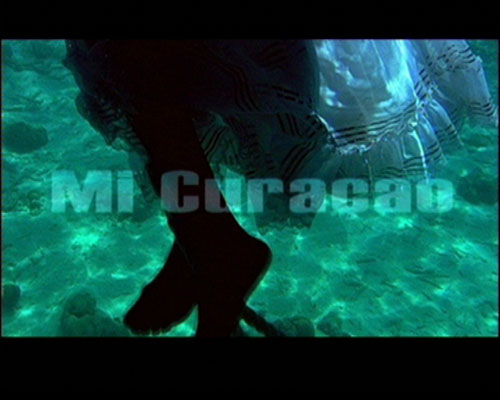 |
| Mi Curaçao, 2005 color & sound video, 41 min. 50 |
In a voice over, Dox, a West Indian youth living in the Netherlands, devotes his hip hop phrasing for understanding through listening. Young poets speak in turn, as in the style of slammers, in Papiamento – a mixture of Dutch, English, Spanish and Portuguese. In a museum, two young hip hop dancers rehearse and present their piece. The camera follows the preparations and the unfolding of the Caribbean Carnival. Dox evokes Imèlda Valerianus, a founding figure of poetry in Curaçao. All are bearers of speech and memory so as to settle the debt, in palimpsest, of the history of cultural hybridizations in the social reality of a post-colony. The economy in these strategies of figuration is the tension negotiated by Caecilia Tripp among several junctures in time: the traditional (the Carnival, which itself rhythms the time of social life) and the archive (the museum), the memory (or History, such as it crosses Papiamento), all come to join in an articulation in the reality of the social contemporary world, by the topics these protagonists approach and by the various forms of transmission they choose. At the other end, the intersection of the types of expression (dance, poetry, music) renders language, in its diverse multitude, a foundational element of the social body: to which language to refer so as to constitute oneself as an individual or collective subject in the Dutch West Indies, while the traditional expressions (the Carnival, oral poetry) are reconfigured by the current cultural imaginary (the rhythm of hip hop)? The film answers by staging the theory of intervals and distance (from Amsterdam to Curaçao, from one language to another, etc). The imaginary or cultural projections, the modes of representation, the speaking bodies, and the dancing bodies staged by Caecilia Tripp make visible the conditions of a singular social recomposition. In Mi Curaçao, the effects of doubling, echoes, the sounds and music which set off the voices underline the foundational character of language. Nonetheless, language originates from the multiple and remains potentially open. For example, at the museum where the hip hop choreography is performed, Dox’s voice over tells us the history of Curaçao – with this, the scene proposes a multiplication of places and times for the issuance of common meaning. Language is also the force in becoming conscious as reminded by the youth of the film’s speakers and by the film’s first scene, a tracking shot on the sea bed. Language is, furthermore, the circulation of cultural and social codes, individual stories and collective memories, on which glide and rub the sequences and symbols of Mi Curaçao. The poems recited by the protagonists of the film as well as Dox’s personal and collective commentary carry in them simultaneously their constitutive character (orality, the voice as the expression of subjectivity and conscience) and their destination: that of a direct address to us from a Voice that wants to be public and collective. Poets such as Dox evoke social misery, drug trafficking and consumption, the absence of prospects for future generations as well as the economic difficulties they encounter. All express an alienated existence towards the uncertainty of the future. Thomas Michelon |
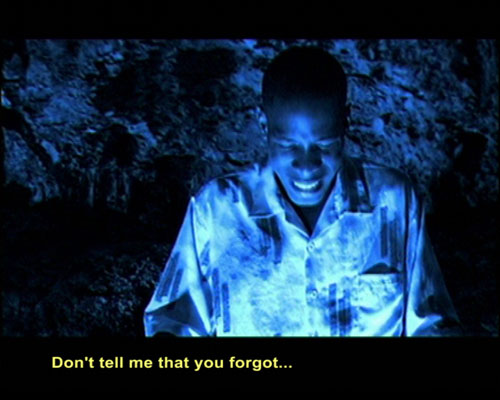 |
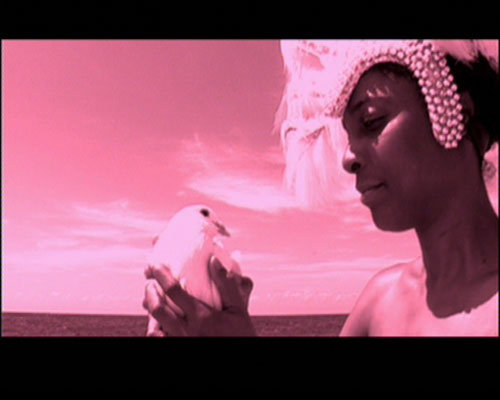 |
| Mi Curaçao, 2005 color & sound video, 41 min. 50 |
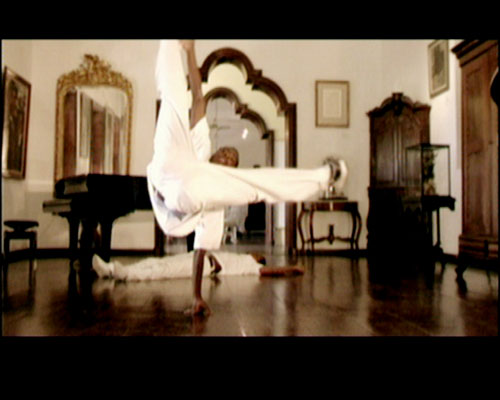 |
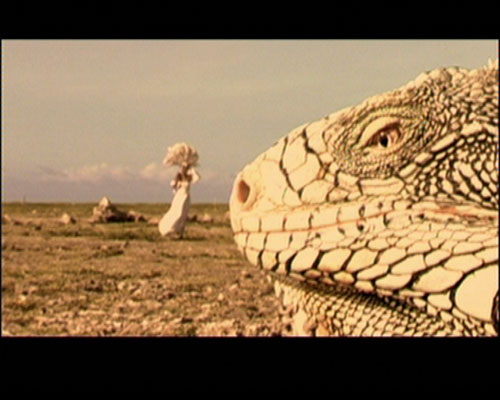 |
| Mi Curaçao, 2005 color & sound video, 41 min. 50 |
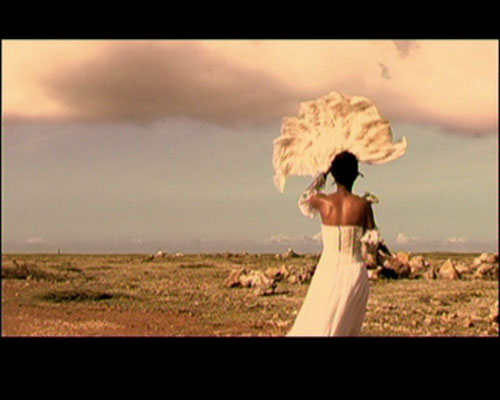 |
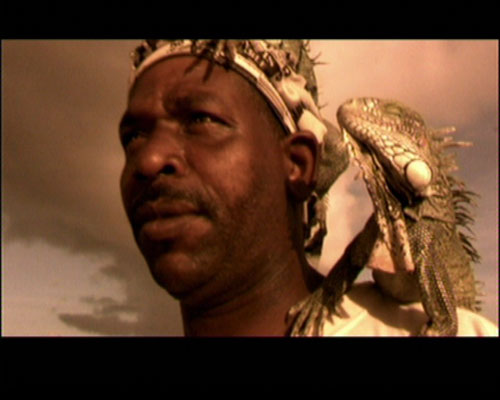 |
| Mi Curaçao, 2005 color & sound video, 41 min. 50 |
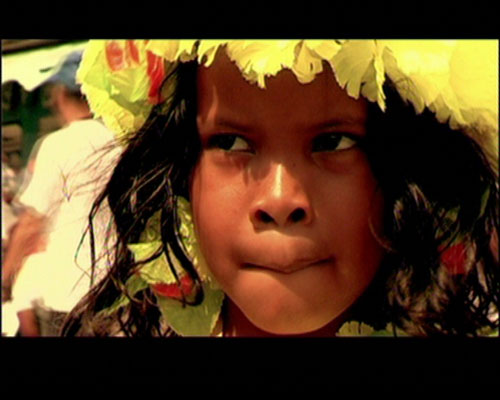 |
|
Galerie
Maisonneuve T/F +33 1 43 66 23 99
contact@galerie-maisonneuve.com
|